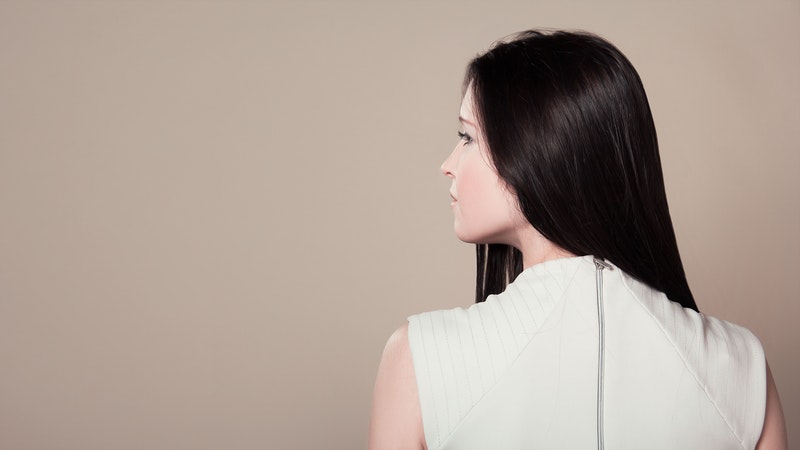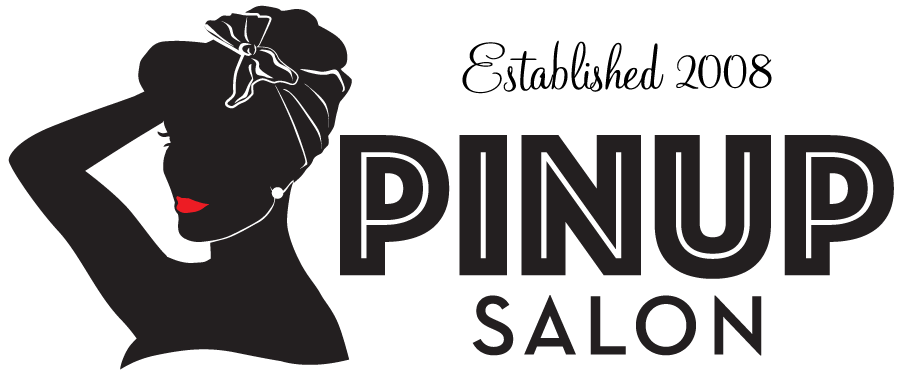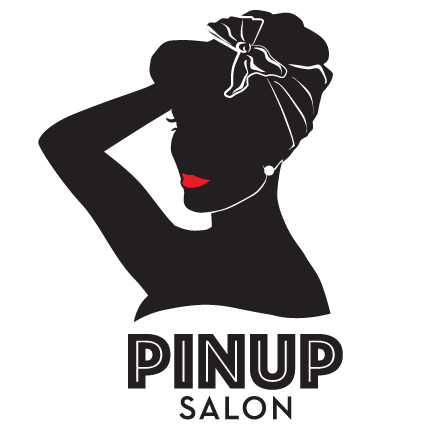
What to Know About Split Ends
Split ends can be a real beauty bummer. No matter how put together your look is, if your split ends leave your ‘do a frizzy, tangled mess, it’s time to cut off any dead weight that is dragging down your hair game. Here, we review some facts about split ends and discuss how you can minimize damage.
Behind the Split
Did you know the technical name for split ends is trichoptilosis? While most hairs begin to split toward the bottom, split ends can begin anywhere along the hair shaft.
Once hairs begin to split, there is nothing that can make the strand whole again, although there are all kinds of hair products that can minimize the damaged appearance of split ends. If you are serious about fixing the problem, you’ll need to get a trim. That’s actually good news, because when you get your hair trimmed regularly (every six to eight weeks), you prevent split ends from becoming a problem in the first place.
Skip a Day of Shampooing
Unless you’re super active or exercising daily, it’s not usually necessary to wash your hair every day. Skipping a day between shampoos allows the natural oils in your hair to coat and protect it from breaking and splitting.
When you do wash, make sure you’re using the proper technique. Gently massage the shampoo into your scalp, and as you work it into a lather, the resulting suds will clean your locks as they rinse out. Avoid piling your hair on top of your head and scrubbing too vigorously, as this can create a rat’s nest of tangles, which increases the risk of split ends. Follow up with a good conditioner and a cool rinse to seal the hair shaft.
Prevent Split Ends with Proper Hair Care
It’s said that “an ounce of prevention is worth a pound of cure,” and that is certainly the case with split ends. Most split ends develop sooner than they otherwise would because people are too hard on their hair. They use the wrong metallic or plastic-bristle brushes instead of investing in a good brush (such as one with natural bristles). They cause damage by frequently using blow dryers, curling irons, straighteners, and other heat appliances without applying a heat-protective product first, breaking down hair fibers. Many overuse harsh dyes and chemicals or expose their hair to excessive sunlight and chlorinated pools.
If your hair is in bad shape, try adding a supplement like Biotin to your daily diet. Remember, the better you treat your hair, the better it (and you) will look!



